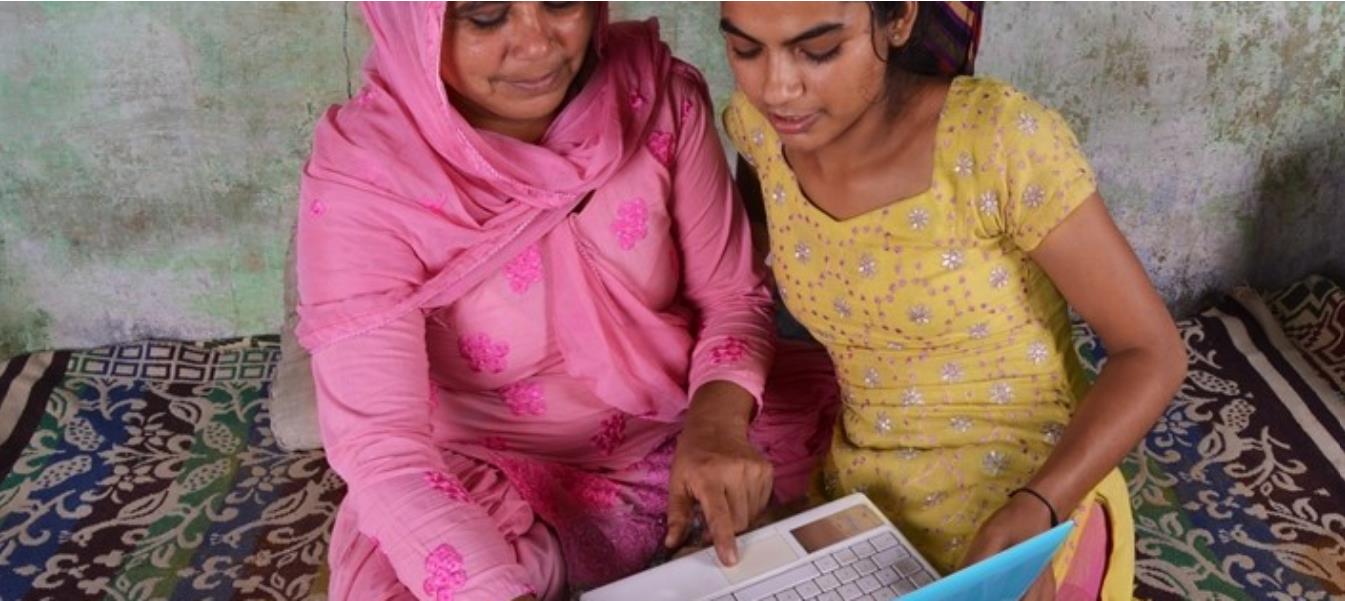- Examine the readiness and choose the most relevant tools.
Decide on the use high-technology and low-technology solutions based on the reliability of local power supplies, internet connectivity, and digital skills of teachers and students. This could range through integrated digital learning platforms, video lessons, MOOCs, to broadcasting through radios and TVs.
- Ensure inclusion of the distance learning programmes.
Implement measures to ensure that students including those with disabilities or from low-income backgrounds have access to distance learning programmes, if only a limited number of them have access to digital devices. Consider temporarily decentralizing such devices from computer labs to families and support them with internet connectivity.
- Protect data privacy and data security.
Assess data security when uploading data or educational resources to web spaces, as well as when sharing them with other organizations or individuals. Ensure that the use of applications and platforms does not violate students’ data privacy.
- Prioritize solutions to address psychosocial challenges before teaching.
Mobilize available tools to connect schools, parents, teachers and students with each other. Create communities to ensure regular human interactions, enable social caring measures, and address possible psychosocial challenges that students may face when they are isolated.
- Plan the study schedule of the distance learning programmes.
Organize discussions with stakeholders to examine the possible duration of school closures and decide whether the distance learning programme should focus on teaching new knowledge or enhance students’ knowledge of prior lessons. Plan the schedule depending on the situation of the affected zones, level of studies, needs of students needs, and availability of parents. Choose the appropriate learning methodologies based on the status of school closures and home-based quarantines. Avoid learning methodologies that require face-to-face communication.
- Provide support to teachers and parents on the use of digital tools.
Organize brief training or orientation sessions for teachers and parents as well, if monitoring and facilitation are needed. Help teachers to prepare the basic settings such as solutions to the use of internet data if they are required to provide live streaming of lessons.
- Blend appropriate approaches and limit the number of applications and platforms.
Blend tools or media that are available for most students, both for synchronous communication and lessons, and for asynchronous learning. Avoid overloading students and parents by asking them to download and test too many applications or platforms.
- Develop distance learning rules and monitor students’ learning process.
Define the rules with parents and students on distance learning. Design formative questions, tests, or exercises to monitor closely students’ learning process. Try to use tools to support submission of students’ feedback and avoid overloading parents by requesting them to scan and send students’ feedback.
- Define the duration of distance learning units based on students’ self-regulation skills.
Keep a coherent timing according to the level of the students’ self-regulation and metacognitive abilities especially for livestreaming classes. Preferably, the unit for primary school students should not be more than 20 minutes, and no longer than 40 minutes for secondary school students.
- Create communities and enhance connection.
Create communities of teachers, parents and school managers to address sense of loneliness or helplessness, facilitate sharing of experience and discussion on coping strategies when facing learning difficulties.


